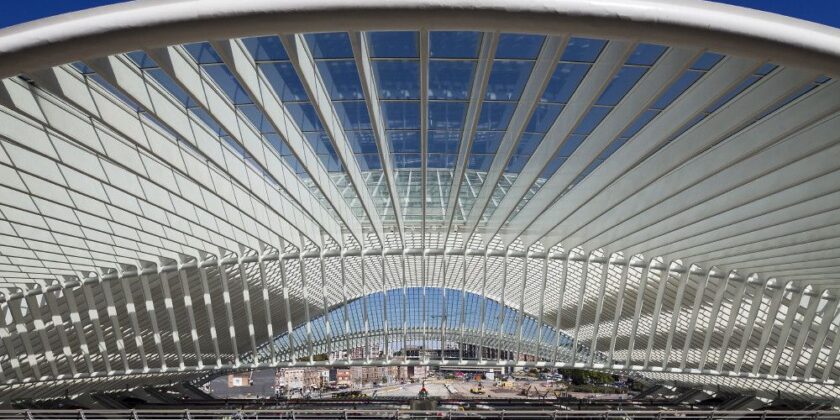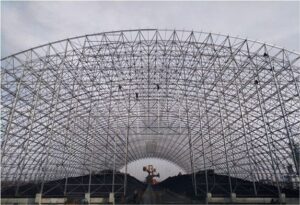Introduction
Large span steel structures represent modern engineering, combining strength, flexibility, and efficiency to create vast frameworks that can span significant distances without compromising structural integrity. These structures play a crucial role in various industries, including airports, exhibition halls, sports, and industrial facilities. In this article, we will delve into the details of large span steel structures, exploring their construction, benefits, and the impact they have on our built environment.
What are Large Span Steel Structures?
Large span steel structures refer to buildings or bridges that exhibit expansive open spaces without the need for intermediate supports. These structures often employ steel as the primary construction material due to its high strength-to-weight ratio, durability, and flexibility. Common examples include aircraft hangars, sports stadiums, exhibition halls, and long-span bridges.
Construction
The construction of large span steel structures involves several key phases. The initial step is a comprehensive feasibility study, considering factors such as site conditions, loading requirements, and architectural design. Following this, structural engineers develop detailed plans, emphasizing material specifications, connection details, and load distribution.
The steel fabrication process plays a pivotal role, with high-quality steel beams, columns and trusses being manufactured off-site to precision specifications. These components are then transported to the construction site, where skilled workers assemble them according to the engineered plans. The use of advanced computer-aided design (CAD) and Building Information Modelling (BIM) technologies has revolutionized the precision and efficiency of large span steel structure construction.
During the assembly phase, safety measures are vital and specialized equipment such as cranes and lifting systems are employed to handle the substantial steel components. Once assembled, the structure undergoes rigorous testing and inspection to ensure it meets industry standards and safety regulations.
Benefits of Large Span Steel Structures
Large span steel structures offer number of benefits, making them a preferred choice for architects and developers worldwide. Some of the key advantages include:
- Versatility: The open interior spaces offered by large span steel structures allow for flexible layout configurations, catering to diverse functional requirements such as exhibition halls, sports arenas, and aircraft hangars.
- Strength & Durability: Steel imparts exceptional structural stability to large span frameworks, ensuring long-term performance and resilience against environmental factors.
- Speed of Construction: Compared to traditional construction methods, the assembly of large span steel structures is significantly faster due to prefabrication of components and smooth manufacturing process, resulting in reduced construction time and cost.
- Cost-Efficiency: While the initial investment in steel may be higher, the long-term benefits in terms of maintenance, durability, and adaptability contribute to cost-effectiveness over the life of the structure.
- Aesthetic Appeal: The sleek and modern aesthetic of steel structures adds a distinctive charm to architectural landscapes, offering designers creative freedom to explore innovative shapes and forms.
- Sustainability: Steel is a recyclable materials making large span steel structures an environmentally conscious choice. Additionally, the lightweight nature of steel reduces foundation requirements, minimizing environmental impact during construction.
Conclusion
Large span steel structures symbolize the initiative of modern engineering, pushing the boundaries of architectural design while offering unparalleled strength, versatility, and sustainability. From iconic landmarks to functional spaces, these frameworks continue to shape the urban landscape. As technology advances and design boundaries expand, the future holds endless possibilities for the evolution of large span steel structures in shaping the built environment.



